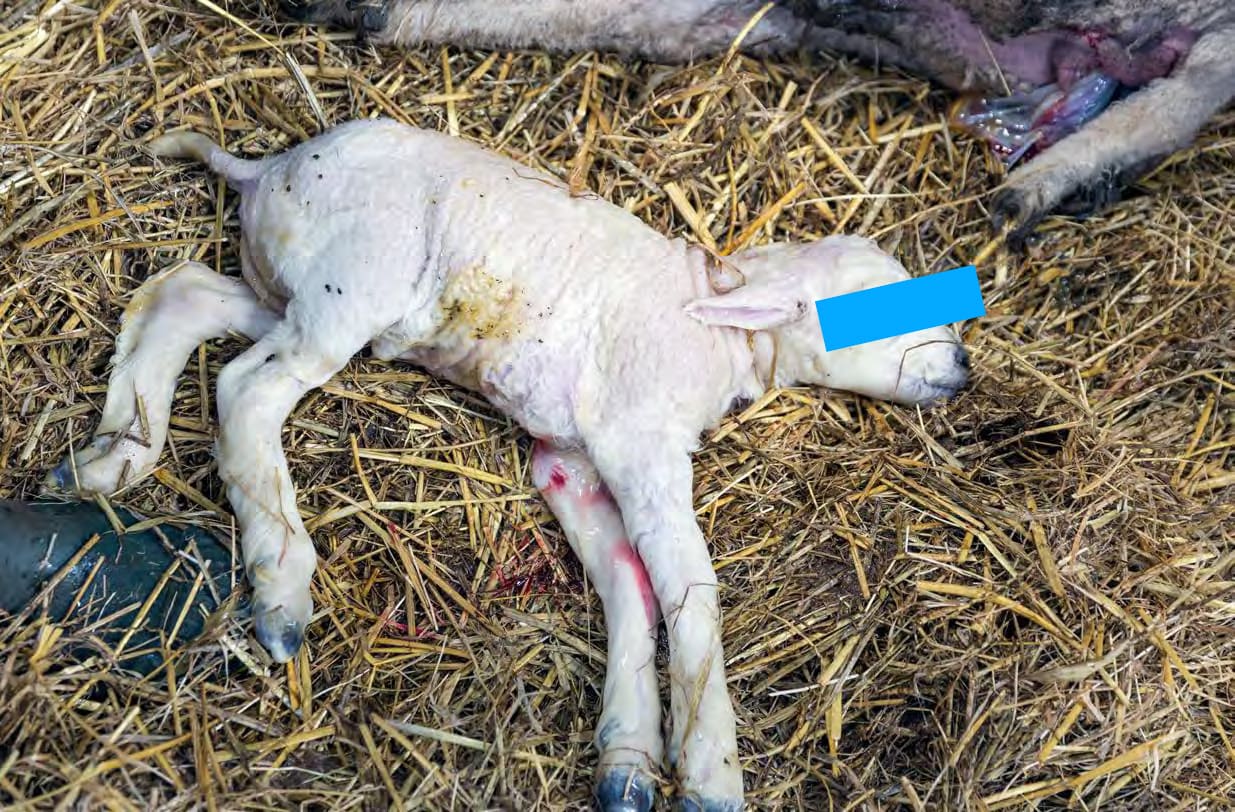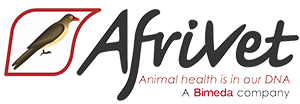

This is Wolboer/Wool Farmer’s veterinary Q&A column, sponsored by Afrivet. Send your questions about animal diseases, biosecurity, and animal health management to
Hierdie is Wolboer/Wool Farmer se veeartsenykundige vraag- en-antwoord-rubriek waarvoor Afrivet sy kundigheid verskaf. As jy vrae het oor dieresiektes en -gesondheid, stuur dit na

QUESTION:
My herd veterinarian diagnosed enzootic abortion on my farm. Is future breeding possible with a positive flock?

>> ANSWER:
Enzootic abortion is an infection caused by an organism called Chlamydia abortus, and it is one of the most significant contributors of abortions and stillbirths in sheep and goats. This organism can be found globally, including South Africa. Additionally, a related organism Chlamydia pecorum is associated with various syndromes related to respiratory, eye, brain, joint, and digestive tract infections in sheep and goats.
Moreover, these versatile organisms can infect cattle and humans too. Understanding the disease process, including clinical signs, will aid in the prevention and managing of outbreaks and help determine any possible future use of the infected herd. It is good that your herd veterinarian made the diagnosis as this disease can look remarkably similar to those caused by Coxiella and Brucella.
Chlamydiosis is introduced into your flock when infected sheep are bought. In the first year, there will be a small number of abortions, which will increase in the following years. Abortion storms start around the second and third year after the introduction of infected sheep. Thereafter, there will be annual abortion events, whereby the Chlamydia organisms establish an endemic state in your herd. Beyond this stage, there will be persistent infections on your farm.

The highest risk of transmission is during the lambing period. The main routes of infection are the placental membranes, dead foetuses, coats of live lambs/kids born to infected mothers (since Chlamydia can cross the placenta), and vaginal discharges contaminating pastures. Chlamydia abortus can also remain viable in the environment for several days. Ewes that were exposed before getting pregnant may experience abortion through a phenomenon called latency. During this period, the organism remains undetectable, but it is believed that this latent infection reactivates once the animal becomes pregnant. This leads to a mild Chlamydia infection that eventually progresses to placentitis and abortion, which are characteristic features of this disease.
The lesions in the placenta can result in foetal death and subsequent abortion. In less severe cases, it may cause the premature birth of a frail lamb that either dies shortly after birth or survives but fails to thrive. Ewes, on the other hand, seldom show any symptoms and maintain their fertility, although they may be susceptible to unrelated secondary bacterial infections.
Since it is easy for Chlamydia to find its way onto farms, control measures must include good biosecurity. After abortions and stillbirths, it is important to isolate ewes immediately. Proper disposal of dead foetuses, the placenta, and bedding is necessary. Thorough cleaning and disinfection of lambing pens to prevent the spread of infection to other animals is important. Basic hygiene protocols, including handwashing and the use of disposable gloves, should be followed when handling infected animals or materials. Sheep must be bought from a chlamydiosis-free flock.

Fortunately, there are vaccines on the South African market that aid in the reduction in the frequency of abortions. Antibiotics can also be used for the prevention or treatment of Chlamydia infections in flocks. Among others, Chlamydia is susceptible to tetracycline antibiotics. Tetracyclines are cost-effective and easy to administer in field conditions, which makes this the drug of choice. It has been effectively used as a preventive measure in ewes to avoid abortions. It is strongly advised to consult your herd veterinarian to work out an antibiotic treatment plan.
It is worth mentioning the public health risk in that Chlamydia poses a zoonotic threat, meaning it can be transmitted from infected sheep to humans. Therefore, individuals who handle or work with sheep should take the necessary precautions and implement appropriate biosecurity measures to safeguard themselves against potential infection. Pregnant women who have contact with domestic ruminants should be aware that chlamydial infections can pose an occupational risk for them.
The decision on whether to continue breeding with an infected flock rests entirely on the farmer and the veterinarian. Good strategic use of vaccines and antibiotic therapy may assist in clearing the infection from the farm over a few years, supporting the decision to continue breeding with infected stock. Discuss strategies with your herd veterinarian as exceptions may occur.
Wolboer/Wool Farmer | Vol 11 Nr 4 • 2023



